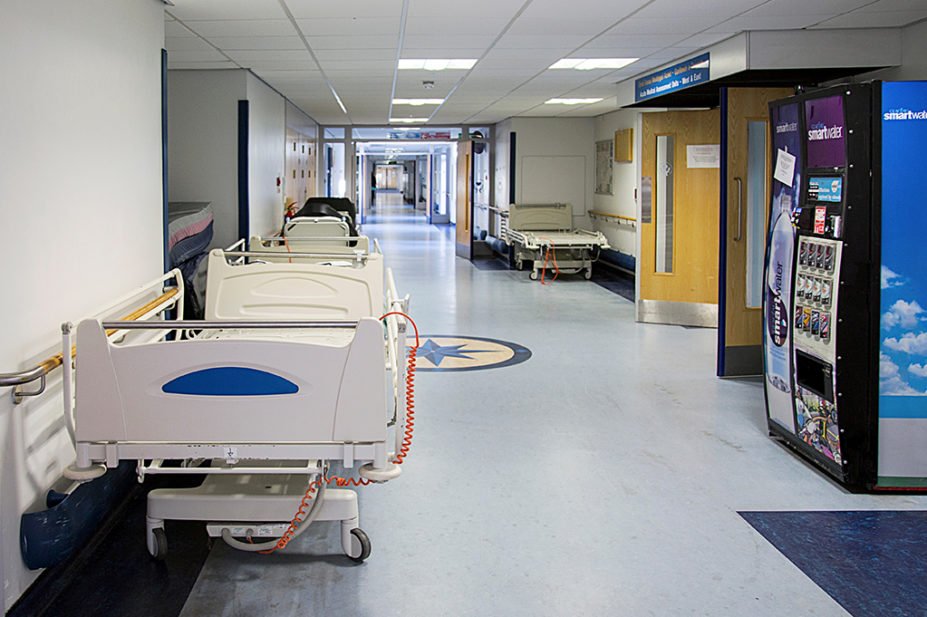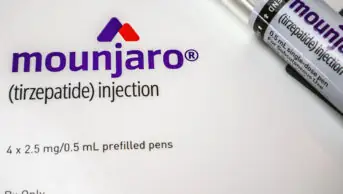
Shutterstock.com
There has been a “significant increase” in medical admissions for adverse drug reactions (ADRs) over the past two decades, results from an analysis carried out at a hospital trust suggest.
Research conducted at Liverpool University Hospitals NHS Foundation Trust over the course of one month found that, out of 1,187 total admissions, 218 patients were admitted with an ADR. Of these 218 admissions, ADRs had directly caused or contributed to 196 (16.5%) of them — an increase from 6.5% in 2004 when the team last carried out a similar study.
The latest study, published in BMJ Open on 4 July 2022, calculated that the cost of the 218 ADR admissions amounted to £490,716, which, if extrapolated nationally, could cost the NHS in England £2.21bn annually.
“Putting this into perspective, the total cost of admissions related to ADRs over the one-month study period (£490,716) is comparable with the annual cost of chemotherapy procurement by the hospital in which the study was conducted,” the study said.
“When extrapolated nationally, our estimate of £2.21bn for admissions resulting from ADRs exceeds the costs of all outpatient procedures for NHS England.”
The researchers had previously estimated that ADR admissions would cost the NHS in England £1.9bn annually, following their 2004 research that analysed ADR admission rates at Liverpool University Hospitals NHS Foundation Trust and a smaller district general hospital.
“This found an ADR prevalence in hospital admissions of 6.5%, suggesting there has been a significant increase since 2004,” the study said.
“Numerous clinical reasons could have influenced this including changes in population demographics, increased morbidity and prescribing patterns.”
However, the researchers noted that the trust had also begun using electronic health records in the time between the two studies, which may have helped to identify more ADRs in the most recent research.
In the latest study, the researchers found that 40.4% of the ADRs were classed as avoidable or potentially avoidable, with patients admitted for an ADR taking 10.5 medicines on average compared with 7.8 for those not admitted for an ADR.
Patients admitted with an ADR also had an average of six comorbidities compared with five for those not admitted with an ADR.
The results showed that the medicines most commonly implicated in the ADR were diuretics, steroid inhalers, anticoagulants and antiplatelets, proton pump inhibitors, chemotherapeutic agents and antihypertensives.
Commenting on the research, David Alldred, professor of medicines use and safety at the University of Leeds, said that care should be taken around over extrapolating from the 2004 study as a lot had changed in that time, including clinical practice, and the study was carried out over a longer time period.
“But it really does show a striking increase in adverse drug reaction hospital admissions. It’s not a huge surprise given the increases in multimorbidity and polypharmacy. It underlines for me the need to optimise prescribing particularly in older people and the need for pharmacists across all sectors to anticipate, identify and manage adverse drug reactions.”
Lead author Munir Pirmohamed, director of the Medical Research Council Centre for Drug Safety Science, said many events that were not recognised as ADRs — when the first study was carried out in 2004 — are now being recognised as such, with the advances in medicine and pharmacovigilance.
“I thought there would be an increase but did not expect such a large increase. It is interesting that while some of the ADRs we saw in 2004 have decreased, they have been taken over by other ADRs, sometimes as a result of using medicines to prevent ADRs.
“For example, use of proton pump inhibitors has decreased aspirin-related peptic ulceration but this has led to more problems with low magnesium levels.”
Lauren Walker, study author and senior clinical lecturer and honorary consultant in clinical pharmacology and therapeutics at the University of Liverpool, said: “Balancing the risk and harms of medicines is a critical component of a good medicines review and an area where clinical pharmacologists, who are medically qualified across all therapeutic areas, can play a vital role in supporting our colleagues in pharmacy to deliver safe and effective reviews.”


